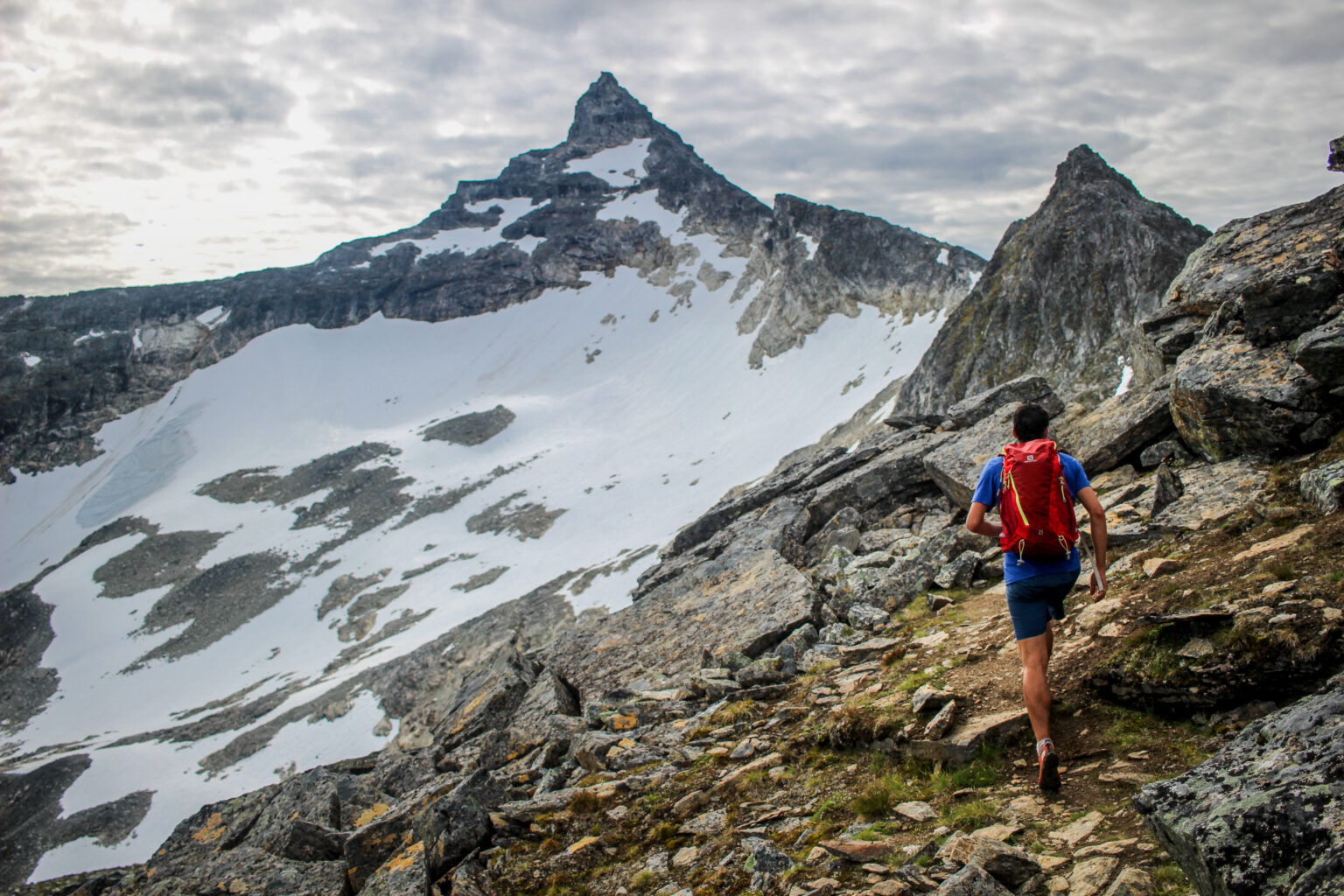As mountain endurance athletes, our relationship with the ever-changing seasons shapes our approach to training. In dry conditions, we immerse ourselves in running and climbing, but come winter, many of us switch to skiing. However, as invigorating as these seasonal shifts are, they demand a cautious approach, especially during the critical spring transition to running. Our robust cardiovascular systems may be eager, but we must remember that our musculoskeletal readiness—particularly our tendons, bones, and muscles—might lag behind, potentially leading to injuries.
So, how should we best navigate the shift from ski touring or skimo to running? Patience is key, though admittedly, it’s not a trait commonly found in the fabric of most endurance athletes. To facilitate a safer and more effective transition, maintaining a minimal running routine during ski season can be incredibly beneficial. Even a brief run, once or twice a week, can significantly ease the shift back to running full-time in the spring. Consider swapping a recovery ski day for a short run or cap off a day on the slopes with a 30-minute jog—these small integrations can make a big difference.
ESTABLISHING CLEAR GOALS FOR SPRING RUNNING
It’s crucial to define your spring running objectives clearly. If skiing is your sole focus until the snow melts, that’s perfectly fine. However, if you’re targeting early-season running events, be prepared to prioritize your running training, even when conditions tempt you to do otherwise. Understand your motivations deeply—knowing why you’re trading a powder day for a pavement pound can make all the difference when commitment wavers.
As with all race training, we recommend planning out your weekly training volume/distance carefully to match the distance and elevation profile of your event. This will not only prepare you physically but also help mitigate the risk of injuries.
It’s crucial to define your spring running objectives clearly.

ENHANCE THE QUALITY OF LIMITED RUNNING SESSIONS
If your running sessions are infrequent, make them count. Incorporate strides—short, fast intervals that help remind your muscles of the speed and strength required for running. Allow ample time for a warm-up and ensure full recovery between these high-intensity bursts to focus on neuromuscular conditioning rather than aerobic improvements.
INCORPORATE GYM-BASED STRENGTH TRAINING
Strength training is non-negotiable for mountain athletes. Integrating a gym routine focused on muscular endurance (ME) and eccentric loading can significantly bolster your muscular resilience and prepare your body for the eccentric contractions common in running. This is not only beneficial for those transitioning from skiing but also essential for anyone looking to enhance their mountain performance.
BALANCE AMBITION WITH RECOVERY
It’s vital to listen to your body and not rush the process.
As trails dry and social running opportunities arise, it’s easy to get carried away. Remember, a single week of intense running followed by extended downtime due to injury will derail any progress. Adhere to a carefully structured plan, gradually increasing your running frequency and intensity. Start by slowly replacing skiing with running and allow your body, especially your tendons, the time they need to adjust. It’s vital to listen to your body and not rush the process, as the adaptation to new stresses is gradual.
By approaching the transition with a structured plan, clear goals, and an understanding of your body’s needs, you can enjoy a seamless and successful shift from skiing to running, setting a solid foundation for your mountain endurance activities in the seasons to come.

